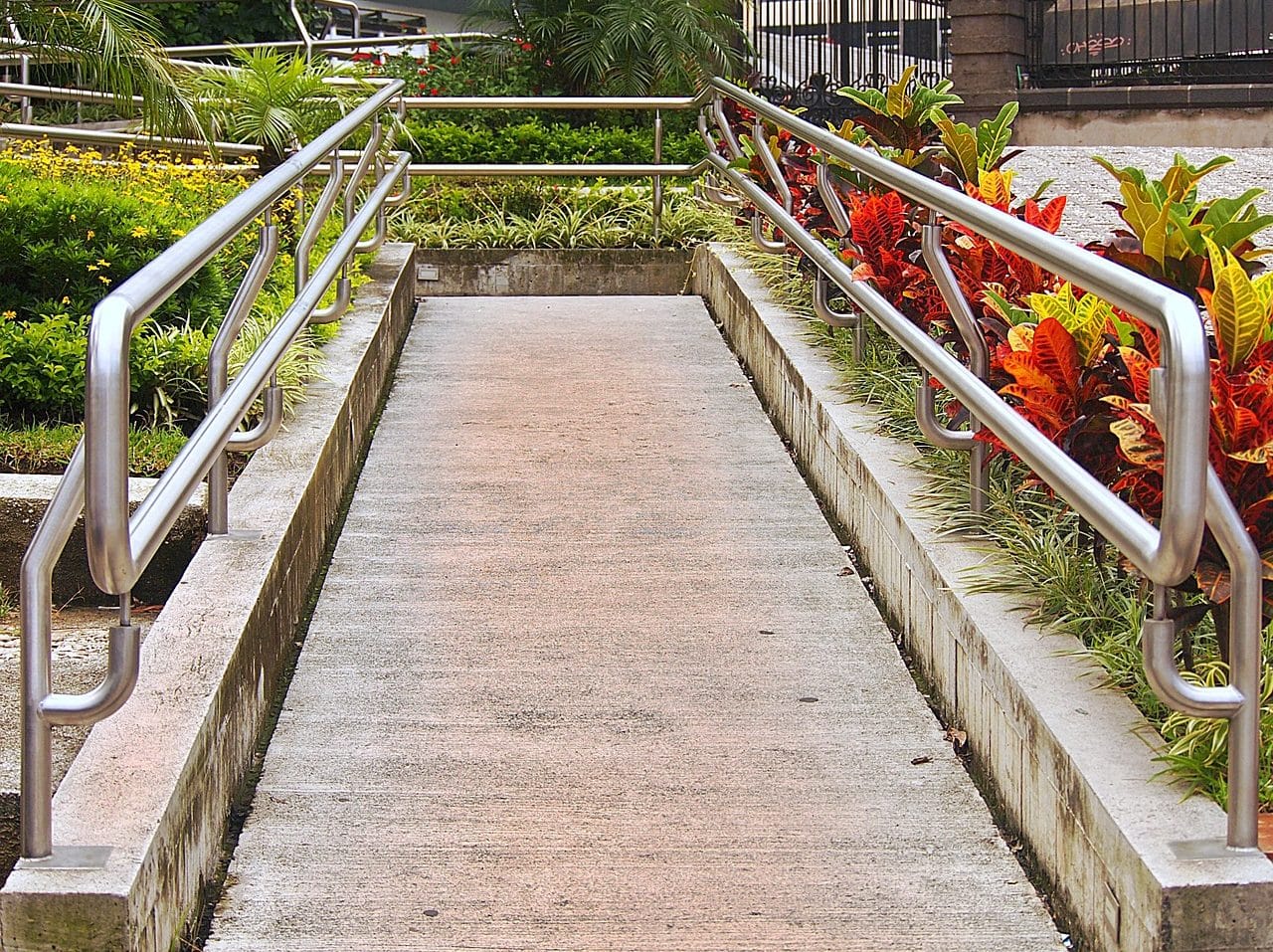
A railing is a fence that functions as containment.
A railing is a fence or other similar element that acts as an edge of something and serves as containment . The term comes from the Sanskrit varanda , which can be translated as "barrier" ,
Railings – also called railings – provide protection on structures such as stairs , balconies , terraces and bridges . These objects, which are usually made of bronze, iron or wood, are installed on the perimeter of the structures, at a constant height. In this way people can lean on them or support themselves.
For example: “Be very careful, the balcony railing is broken” , “With the help of the railing and a lot of effort, the old man managed to climb the five flights of stairs” , “Don't worry, the railing guarantees that children and "The animals cannot fall off the terrace."
safety railings
We can find railings for stairs that allow people to lean on them when going up and down. In these cases the notion of railing is equivalent to the idea of handrails .
Other railings are those that ensure a high surface, minimizing the risk of accidents . With a well-installed and appropriately sized railing, it is almost impossible for an adult to accidentally fall off a balcony or terrace. These railings act as barriers , similar to a small wall.
A finish
In some cases, the railing is constructed with the purpose of giving a particular finish to certain parts of a building rather than focusing on the safety of the inhabitants.
Since it can be made from a large number of different materials, such as wood or iron, in a multitude of different shapes and colours, the railing can be suitable for adding variety to the façade of a property and reinforcing the idea of "private property" .

It is common for stairs to have railings.
Railing in billiards
Although this meaning is not commonly used in everyday speech, pool tables also have rails; In this case, it is their edge, which is made of rubber.
Another term for this fence to prevent billiard balls from falling to the ground or flying off the playing surface is garter . To ensure adequate resistance, these rails must be reinforced taking into account the force that professional players exert in their movements.
Spanish towns
Baranda is also the name of two towns in Spain . One of them is a small town located in the municipality of Escalante (at a distance of 2 kilometers from its municipal capital), in the autonomous community of Cantabria , which had a population of only seventy-three inhabitants until 2008, according to the National Institute of Statistics of Spain ( INE ). The Cantabrian town of Baranda is 15 meters above sea level.
In Burgos , a province of the autonomous community of Castilla y León , there is also a town called Baranda de Montija or Baranda . It is located on the Mediterranean side of Burgos and can be accessed through the BU-629 highway that connects Villarcayo with Bercedo .
To the north of Baranda de Montija is Villalázara ; to the south, Gayangos ; to the west, Bedón de la Merindad de Sotoscueva ; and to the east, Bárcena de Pienza . Its climate is very pleasant, with a good percentage of winds throughout the year and bodies of sulfurous water with considerable mineral wealth.
Just like the town of Baranda located in Cantabria , Burgos has a very small population: until 2007 , the number of inhabitants amounted to only thirty-four. As is customary in Spanish towns , in Baranda de Montija we can find a parish church.
